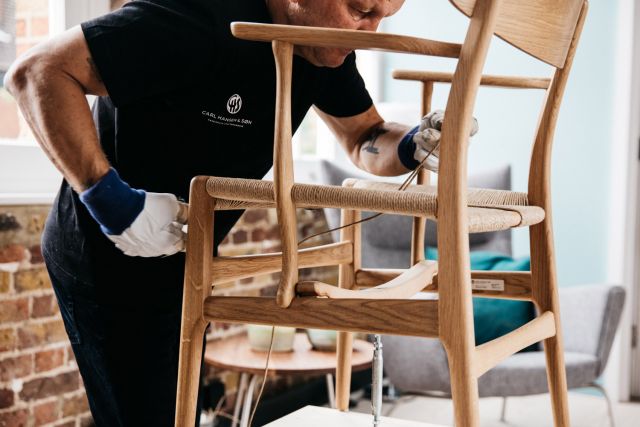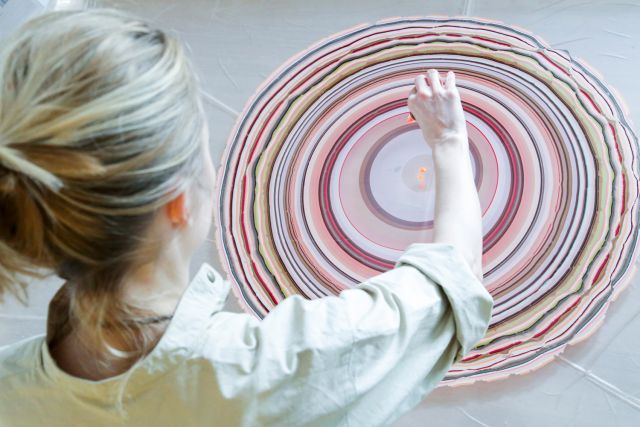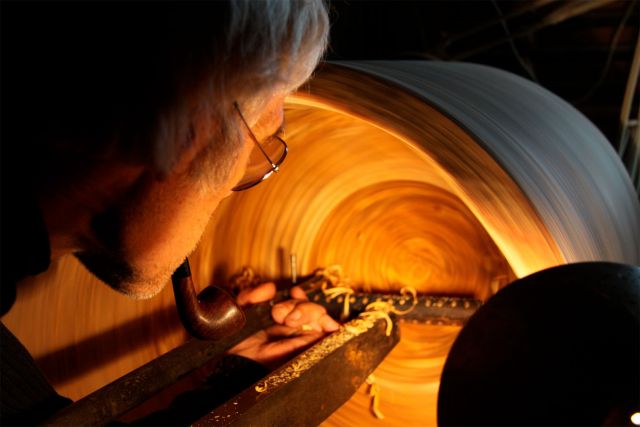These hand-built porcelain sculptures on cast porcelain bases form part of a series of dynamic compositions. The focus here is on the interaction between the intended shape and the organic deformation that occurred during the firing process. Signe has used glazes designed to enhance the sculptures' texture.
Length 25 cm
Height 25 cm
Width 25 cm
Length 25
Height 45
Width 25
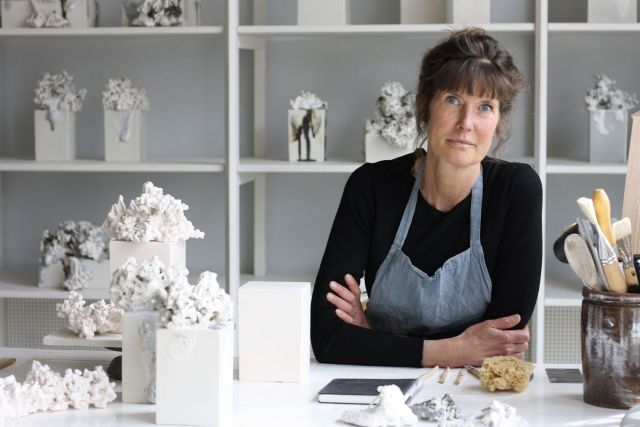
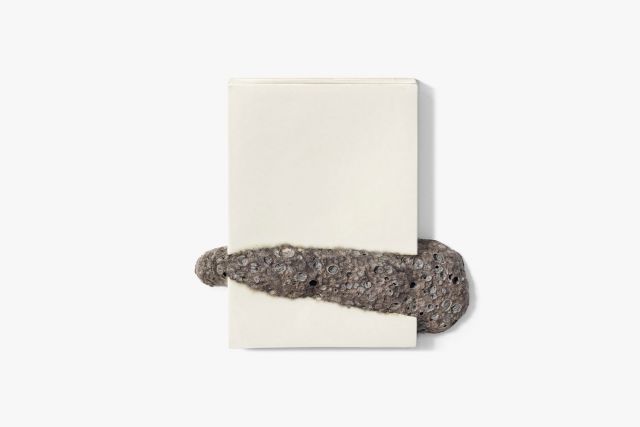
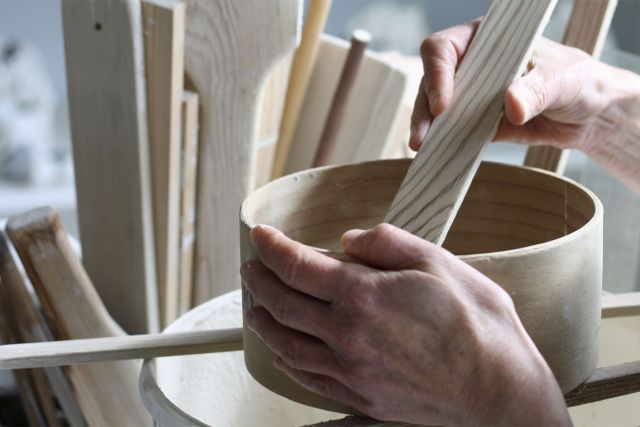
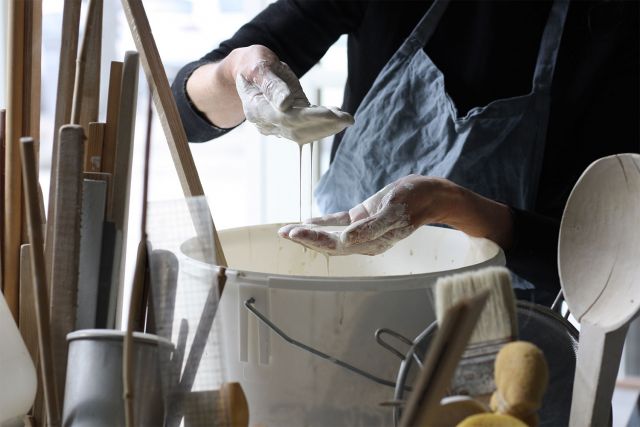
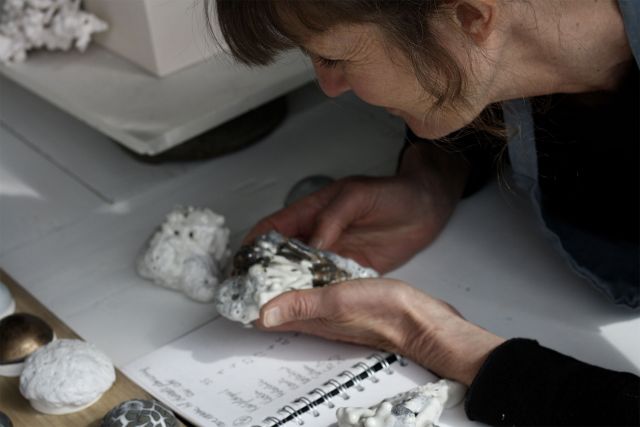
Signe Fensholt
- Porcelain maker
- Hellerup, Denmark
- Master Artisan
By appointment only
+42 23435468
The alchemist of ceramic glazing
- • Signe interprets timeless themes in a contemporary way
- • She considers working with glazes to be an alchemy
- • She works mainly with porcelain
Signe Fensholt, originally an ethnologist, later studied ceramics at the Royal Danish Academy of Fine Arts. Today she shares a studio with two other ceramicists. Signe creates mainly sculptural objects which harness the dynamic qualities of melting glazes. Traditionally, ceramic glaze exists only as a surface on an object, but in many of Signe's works the glaze actually creates the object's shape. Occasionally she arranges abstract objects into a tableau representing a certain social situation, such as a table setting, which is actually about everything other than the food and the satisfying of basic needs: a shared meal may indicate a relationship or social conventions, or is a way to build a bond within a community.
Read the full interviewWorks
Photo: © Dorte Krogh

Photo: © Dorte Krogh
These hand-built porcelain sculptures on cast porcelain bases form part of a series of dynamic compositions. The focus here is on the interaction between the intended shape and the organic deformation that occurred during the firing process. Signe has used glazes designed to enhance the sculptures' texture.
Length 25 cm
Height 25 cm
Width 25 cm
Length 25
Height 45
Width 25

Photo: © Signe Fensholt
This hand-built porcelain sculpture on a cast porcelain base is part of a series of work exploring the organic shapes revealed by the firing process. In the kiln, the sculpture falls apart or settles, evoking physical processes that humans are familiar with such as growth and decay, attraction and adaption.
Length 30 cm
Height 40 cm
Width 25 cm





